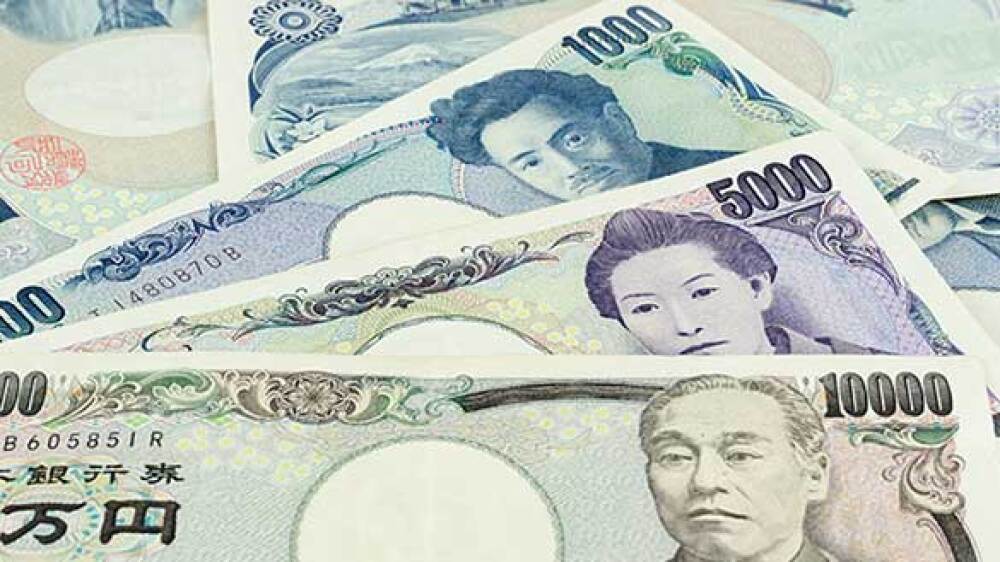By Kathy Lien for CME Group
At a Glance
- When there is economic uncertainty in Asia, investors usually look to the yen to express their views
- Japan pioneered the idea of zero interest rates. Now the low cost of borrowing in yen makes it an attractive vehicle to fund investments with higher interest rates and yields
Japan’s currency, the yen, is the third most commonly used currency in the world, behind the U.S. dollar and euro. For decades, it has been seen as the proxy for Asia. Although China’s currency, the yuan, is rapidly growing in importance, its managed status and general lack of flexibility means the Japanese yen is still the preferable Asian reserve currency over the yuan.
It is also the fourth most popular reserve currency behind the U.S. dollar, euro and sterling. This is very important because when there is political or economic uncertainty in Asia, investors usually express their views through the Japanese Yen. So if breaking news causes a crisis of confidence, there will be big moves in Japan’s currency, even if the problems are not in Japan.
Zero Rate Pioneers
Yet the most important characteristic of the Japanese Yen happens to be its long history of zero rates. More than two decades ago, Japan pioneered the idea of zero rates. Now a handful of countries have interest rates at, near or below zero.
Japan’s ultra-low interest rate regime has its critics. Many will argue that it’s done very little to stimulate the economy, but zero interest rates are spreading around the world and there are some important lessons we can learn from Japan’s experience.
Zero interest rates force institutional and individual investors to hunt for yield abroad. Japan’s zero rate policy drove trillions of dollars out of Japan. For 28 years straight Japan has been the world’s biggest investor. Much of this money has gone into stocks, real estate and bonds from emerging market countries.
Read more about the long-term affect of negative rates.
As other countries around the world lower interest rates, they too could experience this massive investment outflow. Unfortunately as Japan has shown, low rates are not always an effective tool to boost inflation. Countries can get mired in decades of deflation or disinflation with no alternative methods of stimulating prices, growth and demand.
A Popular Funding Currency
Zero rates in Japan also made the Japanese Yen one of the most popular funding currencies. The extremely low cost of borrowing in Yen makes it an attractive vehicle to fund purchases of currencies and in turn investments with higher interest rates and yields. It was such a popular funding currency for institutional and individual investors that some argued it played a major role in the 2007-2008 Great Recession.
Before the financial crisis, there was a strong appetite for risk so much of the money provided by selling yen flowed into risky assets like residential subprime mortgage backed securities and collateralized debt obligations. When the bubble burst, those assets crashed in value, and yen-funded trades were unwound quickly, reducing liquidity in U.S. dollars and other currencies. Central banks around the world responded with Quantitative Easing, pouring new money into the economy.
A Measure of The Market’s Risk Tolerance
Looking forward, as other countries drop their interest rates to zero, investments funded with low yield currencies could see a revival. If that’s the case, the dangers of 2008 could return.
Also, because the Yen is a popular funding currency, uncertainty in Asia or the markets in general tend to drive the currency higher and not lower. For example, positive U.S. and China trade relations tend to send the Yen higher against the U.S. dollar, not lower. Alternatively if trade relations sour, USD/JPY will fall.
Along those lines, when investors are optimistic and equities rally, the Yen is generally weaker than other currencies. If there’s a market crash however you can bank of the Yen rising quickly and aggressively. All of this is important because it makes the Japanese Yen a measure of market’s tolerance for risk.



